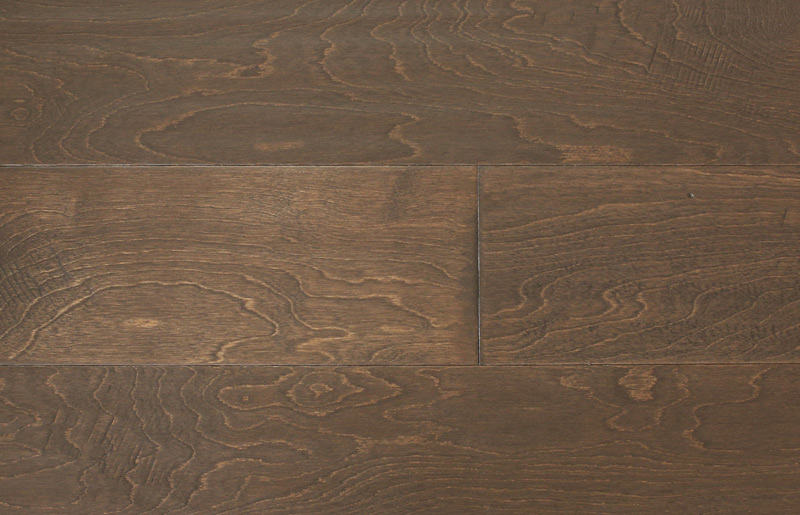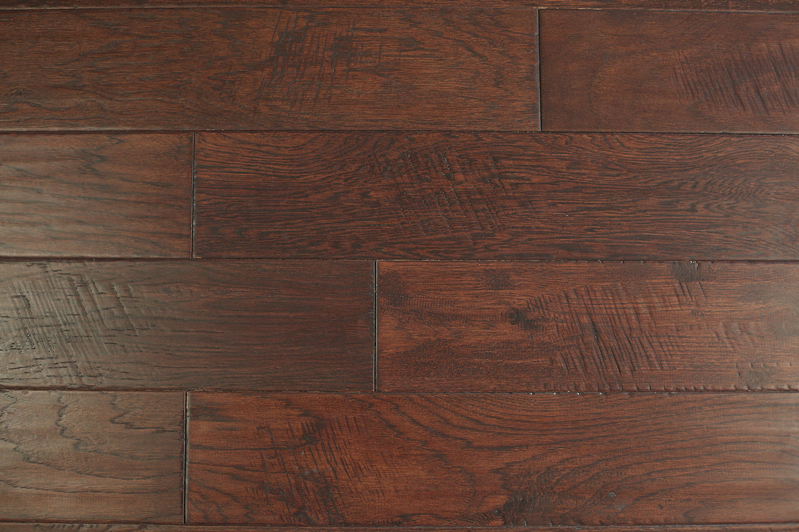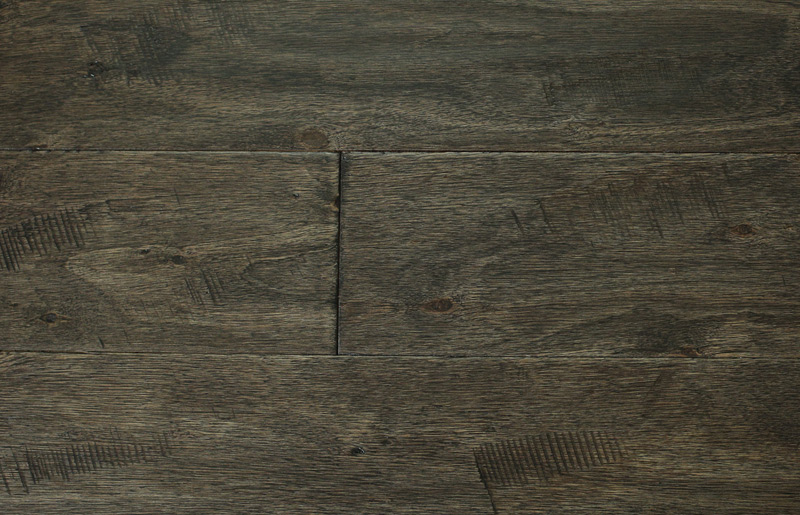The beauty of our recommended engineered wood is that it is made up of multiple layers of ply, with a layer of oak on top. These plywood layers form the structural base of the board and make engineered wood much more stable than solid. As a result, engineered flooring is less prone to the movement caused by changes in temperature or exposure to water and does not need to acclimatise like solid boards. Having oak as the top layer means you are getting the hardest-wearing and most versatile real wood too.
What size are the boards?
180mm and 190mm wide boards are most popular, but we also work with wider boards such as 220mm and 240mm. Our preferred thickness is 20mm as it provides the best stability, this comes with a 6mm oak overlay. 15mm thick boards, with a 4mm overlay, are also available.
How are the boards fixed?
If we are laying on concrete we would use glue to secure the floor. This will produce a firm floor without movement. To lay on top of an existing pine floor, we would use underlay (3mm or 5mm thick) and secret nail the floor down. Again, this method helps to maintain a firm floor.
What about under floor heating?
We’ve got good news. Engineered wood flooring allows you to combine it with under-floor heating, because the multi-layered ply is able to handle the high heat levels without too much shrinkage. To lay on top of under-floor heating, we would need a level surface and would use glue. We always advise customers to refer to manufacturers guidelines for wood floor on under floor heating.
How will fitting a new floor affect my skirting boards?
Skirting boards are far less problematic than you’d think. We have three ways of dealing with them, all of which depend on personal preference. The first is simply removing the skirting before fitting the floor, then refitting them after. Alternatively, we can undercut the skirting so that the floor slides underneath and provides a flush finish. Or we can supply and fit oak scotia to run around the bottom of the skirting.
How often can I sand my engineered wood floor and can I change the colour?
A well-maintained floor should give you between 7 and 10 years of wear depending on the lacquer you choose and the amount of traffic it receives. Every sanding job takes approximately 1mm off the top layer of real wood, so a 6mm overlay could be sanded 5 times and give you approximately 50 years of enjoyment! Once we’ve sanded the floor you have a blank canvas to work with. Changing the colour by using a stain is absolutely possible.
What type of finishes do you work with?
There is a choice between lacquer and oil. The lacquers we use come in the form of a spirit-based and an acrylic. The spirit-based is perfect for high-traffic areas as it sets like glass. However, it can enhance the natural colour of the wood, whereas the acrylic brings out the natural colour much more. Oils provide the best and softest-looking finish but are the least hard wearing. Both the lacquers and oils are available in satin, gloss and matt finishes.
How long will it be before I can walk on my floor?
Our advice is that if the floor is dry to the touch, then you are fine to walk on the floor with socked feet only. Allow overnight for the lacquers to fully harden before walking on the floor as normal and replacing your furniture (we recommend using felt pads underneath all items as an additional protective measure).













 info@macesswood.com
info@macesswood.com

View More(Total0)Comment Lists